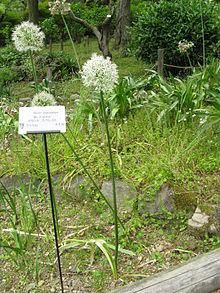Persian Shallot موسیر
DESCRIPTION
Allium stipitatum, Persian shallot is a species of Allium. The epithet stipitatum means ‘with a little stalk’ (referring to the ovary). Some sources regard A. hirtifolium as the same species, others treat A. stipitatum and A. hirtifolium as similar but separate species. Treating them as the same, A. stipitatum occurs from Turkey to Tien Shan in central Asia. It is a typical ‘drumstick allium’, with spherical flower heads on tall stems, and as such has often been confused with other similar species. In Iran, the species is used for food, and has been referred to by the English name Persian shallot.

USES
Bulbs of Allium stipitatum are eaten in Iran, where they are called mooseer or in English ‘Persian shallot’. They grow wild across the Zagros Mountains in different provinces of Iran. Most of those eaten are harvested from the wild, sliced, dried, and sold at markets. Buyers soak the shallots for a number of days then boil them to obtain a milder flavour. They are often crushed and mixed with yogurt. Iranians enjoy yogurt in this way, especially in restaurants and kebab-saras where just kebabs are served.
MEDICINAL USES
Shallomin, the active antimicrobial constituent of Persian shallot, is effective in treatment of patients who developed cold sore within the previous 24 hours. 0.5% shallomin led to a clearance of the sores after five to six hours following hourly topical application with no significant side effects and with a minimal crust or scab formation.
It is cytotoxic toward human tumour cell lines, and highly active against fungi and Gram-negative bacteria. Pyrithione-containing plant extracts are used in herbal medicine for treatment of malaria.
